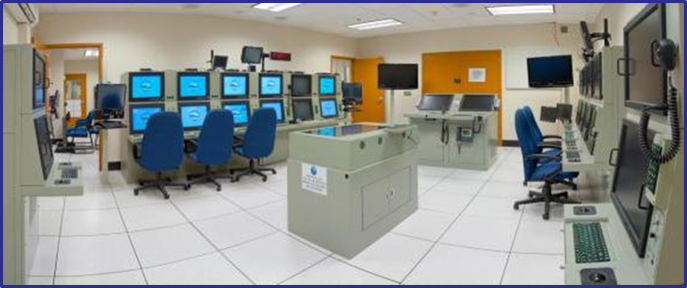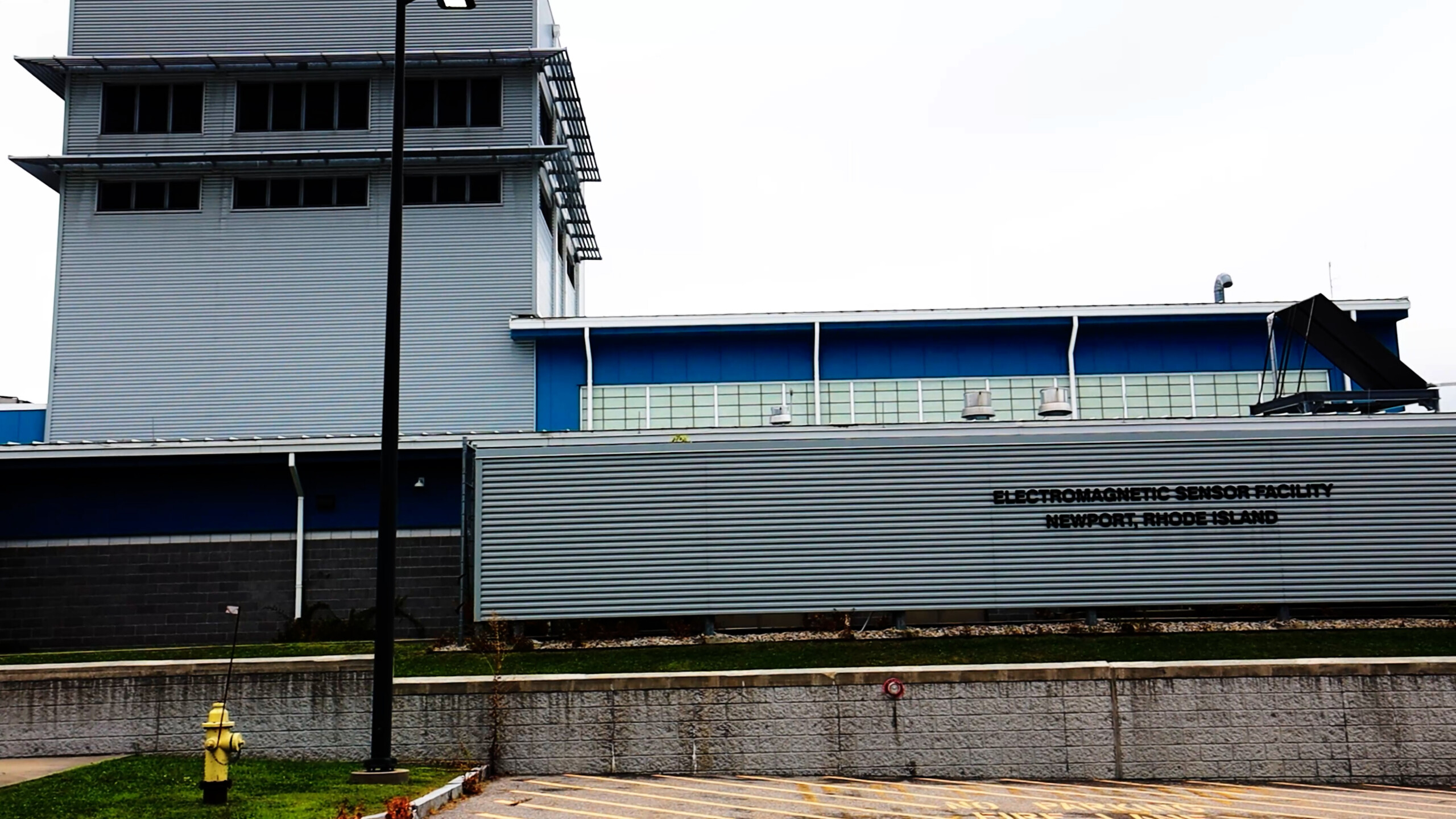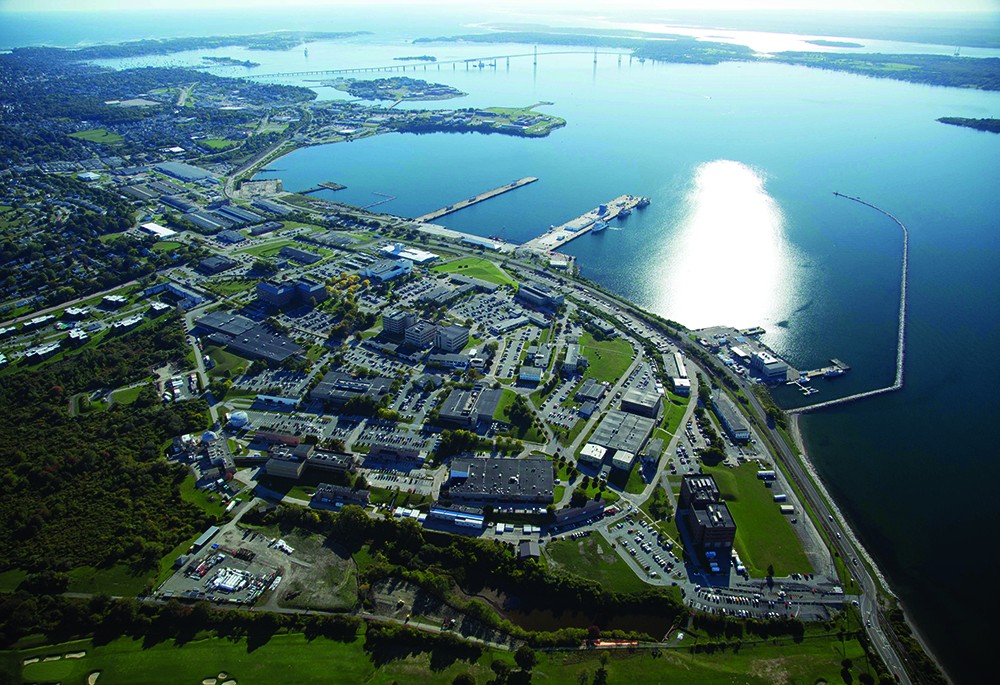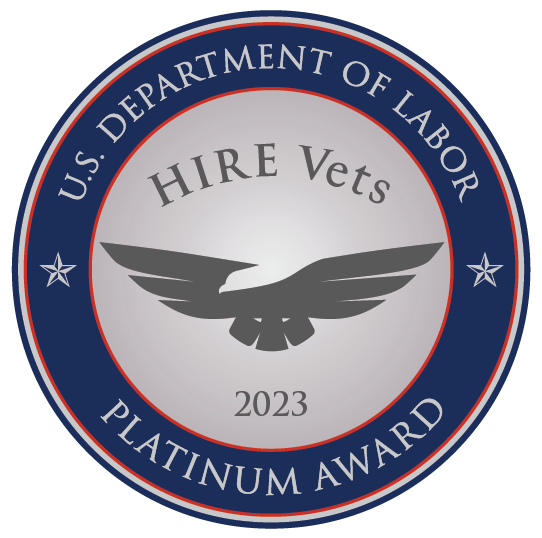Written By Eric Beidel
Republished from NDIA National Defense Blog
Original article: www.nationaldefensemagazine.org
NEWPORT, R.I. . At the Naval Undersea Warfare Center, scientists and engineers are working on a variety of underwater and surface vessels that one day may do some of the fighting on their own.
There is the Razor, which comes equipped with a 30-inch mast that includes a camera, GPS, radio communications, imaging sonar and subsurface camera. It is designed to protect Navy assets, such as an Naircraft carrier.
If a threat comes around that carrier, one of these unmanned undersea vehicles will swim out to it and keep its camera locked on it. The vehicle has a couple of payload tubes from which it can deploy non- lethal weapons.
Researchers also have made 14 unmanned surface vessels, one of which comes with a 50-caliber gun mounted on top that is becoming more and more accurate. Another unmanned craft was sent down to the Dominican Republic to assist in nighttime drug interdiction operations.
The undersea warfare center handles about $1.1 billion of work each year. Its impact on the local economy is significant, according to officials.
The center.s network branches out to dozens of local companies trying to solve some of the toughest problems in the maritime domain. In 2011, more than $323 million of the center.s work was awarded to private contractors in Rhode Island, Massachusetts and Connecticut alone.
The center teams with industry and academia to perform research at the request of Navy organizations such as Program Executive Office Submarines, for which the center does most of its work.
Just down the road in Middletown is one of the companies specializing in undersea technology. Rite-Solutions develops software that keeps decision-makers from drowning in irrelevant data, CEO Jim Lavoie explained.
Accounting for a good portion of the company.s business is a 4-D visualization called Rite-View, which allows the Navy to plan, practice, simulate and reconstruct any exercise. The .serious. game gives submarine crews only the information they need to make the right decisions during a given situation.
The company also helped develop a diver interdiction system for the Coast Guard, which uses an air gun to bring a bad actor underwater to the surface. During testing, Navy SEALs subjected themselves to the non-lethal tactic, and they couldn’t remain underwater.
The effectiveness is not in the initial burst from the gun, but from the sound waves that travel through the body.s cavities at different rates. It is too much for a human to withstand, and they must come up to the surface, Lavoie said.
Companies like Rite-Solutions are as connected to the University of Rhode Island as they are to the warfare center. The university is working on ship-to-shore satellite communications and autonomous surface vessels.
Professor of Ocean Engineering Stephan Grilli is collaborating with the Navy to use energy from waves to power autonomous vehicles.
Professor Robert Tyce has his students building autonomous underwater vehicles out of parts from inexpensive Japanese toys. The students reassemble the toys to include computers and make AUVs that cost less than $1,000. Generally, they cost about $250,000, Tyce said.
The low cost makes it easier to send them out and not worry too much if they get lost, he said.
When researchers at the undersea warfare center began looking at creating a stealthy network of underwater sensors, they turned to the university to investigate putting them on artificial jellyfish that would be able to stay in one place among currents and waves.
The warfare center often studies marine life to determine how to make better submarines. They look at how sound and water flows around objects, including the serrated fins of humpback whales. The giant mammal.s bumpy fins help it to remain nimble, cutting down on turbulence and drag. These kinds of studies can lead to stealthier submarines.
Researchers measure the sounds of vehicles and engines in another chamber where the walls, floor and ceiling are covered in foam wedges that strip the room of echoes.
The research and technology in this corridor extends beyond the Navy and maritime domain. Even Ford has used the warfare center.s acoustic wind tunnel to study the flow noise around the mirrors of an F-150 pickup truck.
And Rite-Solutions. software has applications in tracking school bus operations and in the slot machines and player reward programs at casinos.
© 2012 National Defense Industrial Association
2111 Wilson Blvd., Suite 400, Arlington, VA 22201
Tel: (703) 522-1820
Fax: (703) 522-1885





